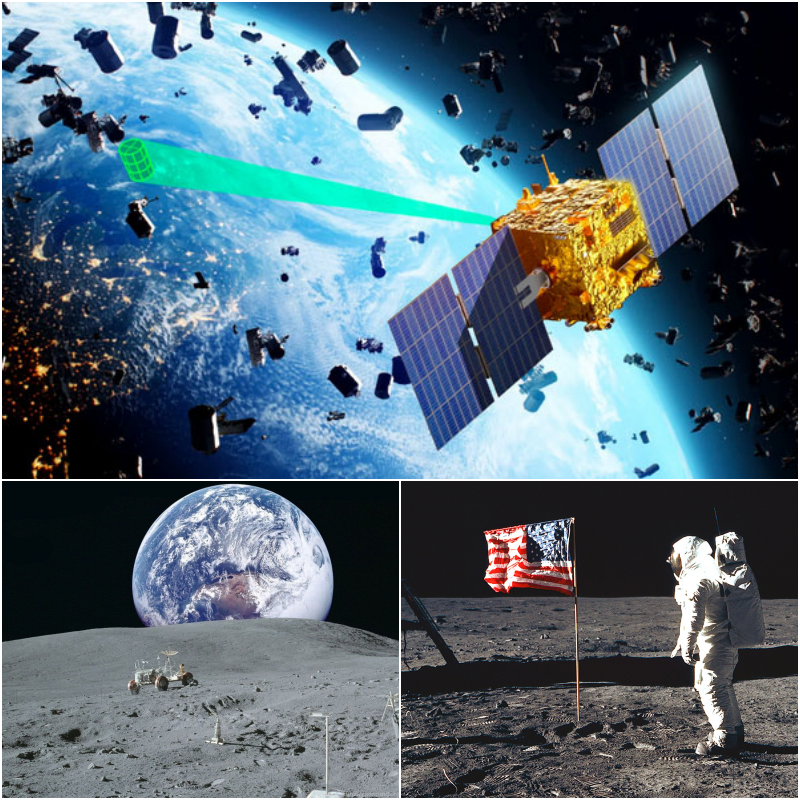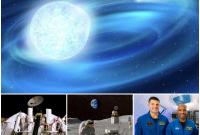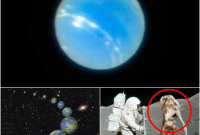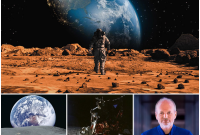In the vast expanse of space surrounding our planet, an invisible menace lurks, threatening the safety of Earth’s satellites, spacecraft, and even human lives. This looming threat comes in the form of space debris, a growing cloud of discarded rocket stages, defunct satellites, and other detritus left behind by decades of human space exploration. With an estimated 30,000 pieces of dangerous space junk hurtling through orbit at terrifying speeds, the risk of catastrophic collisions and their potentially devastating consequences has never been greater. In this article, we delve into the gravity of the situation and explore the urgent need for solutions to mitigate the threat posed by these metal “monsters.”
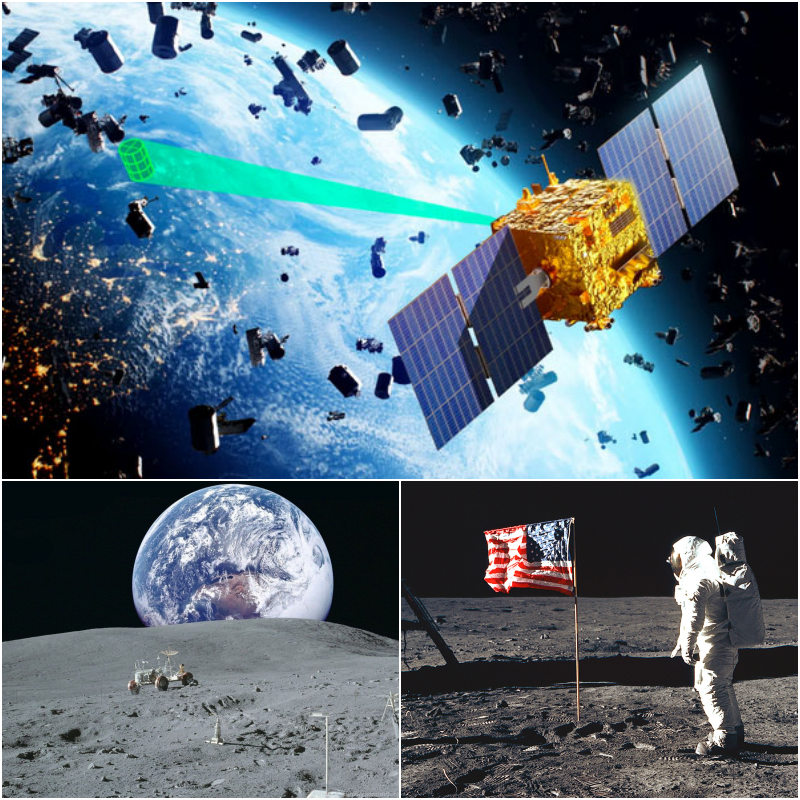
Space debris, also known as orbital debris or space junk, encompasses a wide array of objects orbiting Earth, ranging in size from microscopic particles to defunct satellites and spent rocket stages. These debris pose a significant threat to space missions, as even small fragments traveling at high speeds can cause catastrophic damage upon impact.
The proliferation of space debris is primarily attributed to decades of space exploration, satellite launches, and space missions, which have left a trail of discarded hardware and debris in various orbits around Earth. Collisions between satellites, rocket stages, and other objects have further compounded the problem, generating even more debris in a destructive feedback loop known as the Kessler syndrome.
The consequences of a collision between a spacecraft and space debris can be catastrophic, potentially resulting in damage to critical components, loss of communication, or even the complete destruction of the spacecraft. In addition to endangering human lives on board crewed missions, such collisions can also generate additional debris, further exacerbating the problem and increasing the risk of future collisions.
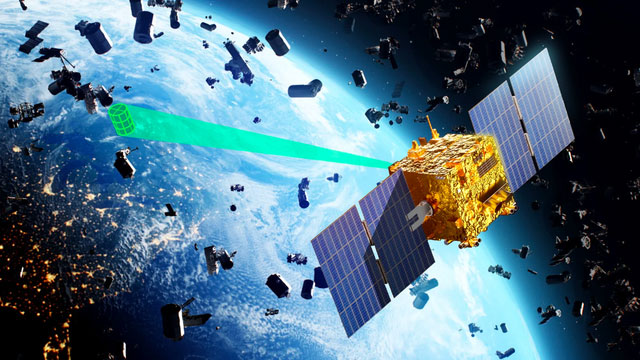
Moreover, the proliferation of space debris poses a significant threat to the sustainability of space activities, as the accumulation of debris in key orbits can hinder future space missions and impede access to space for both government and commercial entities. With an estimated 30,000 pieces of debris larger than 10 centimeters currently tracked by space agencies, the need for effective strategies to mitigate the threat of space debris has never been more urgent.
Addressing the challenge of space debris requires a multifaceted approach, encompassing debris mitigation, removal, and active debris management strategies. Debris mitigation measures aim to prevent the creation of new debris by ensuring that spacecraft and satellites are designed to minimize the generation of debris at the end of their operational lives.
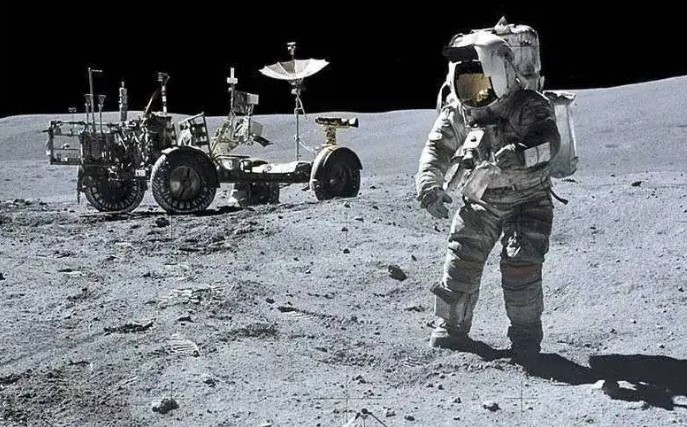
Additionally, efforts to remove existing debris from orbit are underway, with proposals ranging from ground-based laser systems to satellite-based capture mechanisms. These initiatives aim to deorbit defunct satellites and other debris, reducing the overall density of objects in key orbits and mitigating the risk of collisions.
Furthermore, active debris management strategies, such as collision avoidance maneuvers and improved tracking and cataloging of debris, are essential for safeguarding space assets and ensuring the long-term sustainability of space activities. By adopting a comprehensive approach to space debris mitigation, the international community can work together to address this pressing challenge and preserve the safety and security of space for future generations.
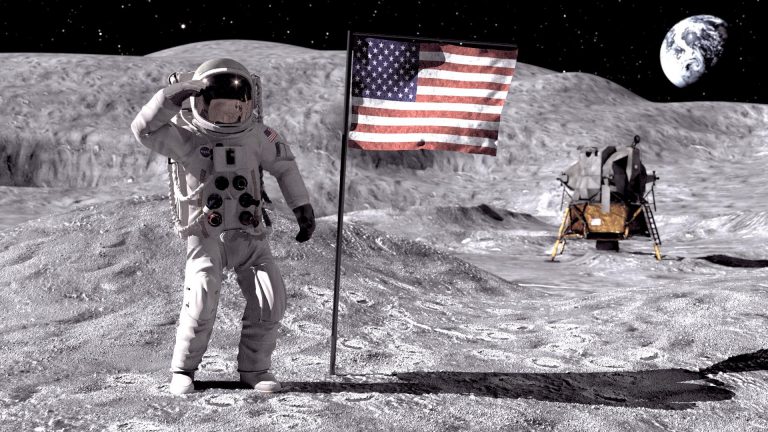
The threat posed by space debris is a sobering reminder of the challenges inherent in humanity’s exploration of the cosmos. With an estimated 30,000 pieces of dangerous space junk hurtling through orbit at terrifying speeds, the risk of catastrophic collisions and their potentially devastating consequences has never been greater. However, by implementing effective debris mitigation, removal, and management strategies, we can work together to safeguard the future of space exploration and ensure the safety and security of Earth’s orbit for generations to come.

